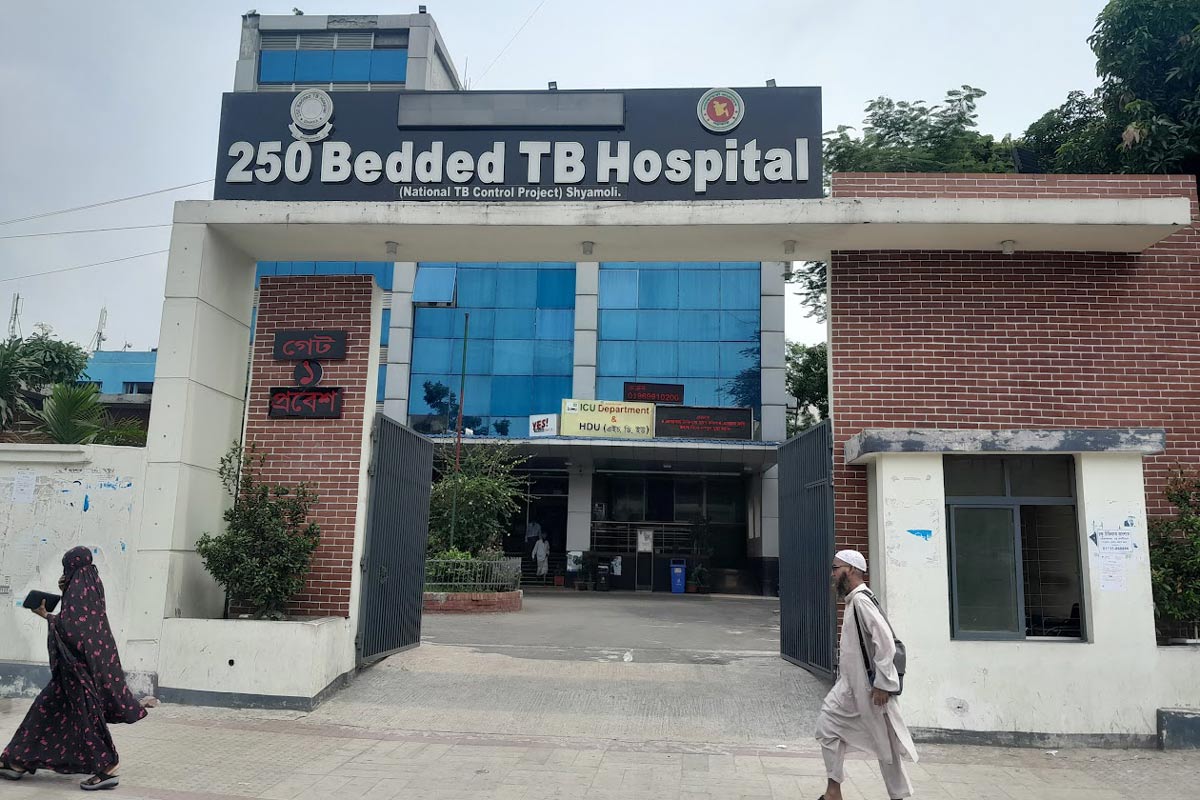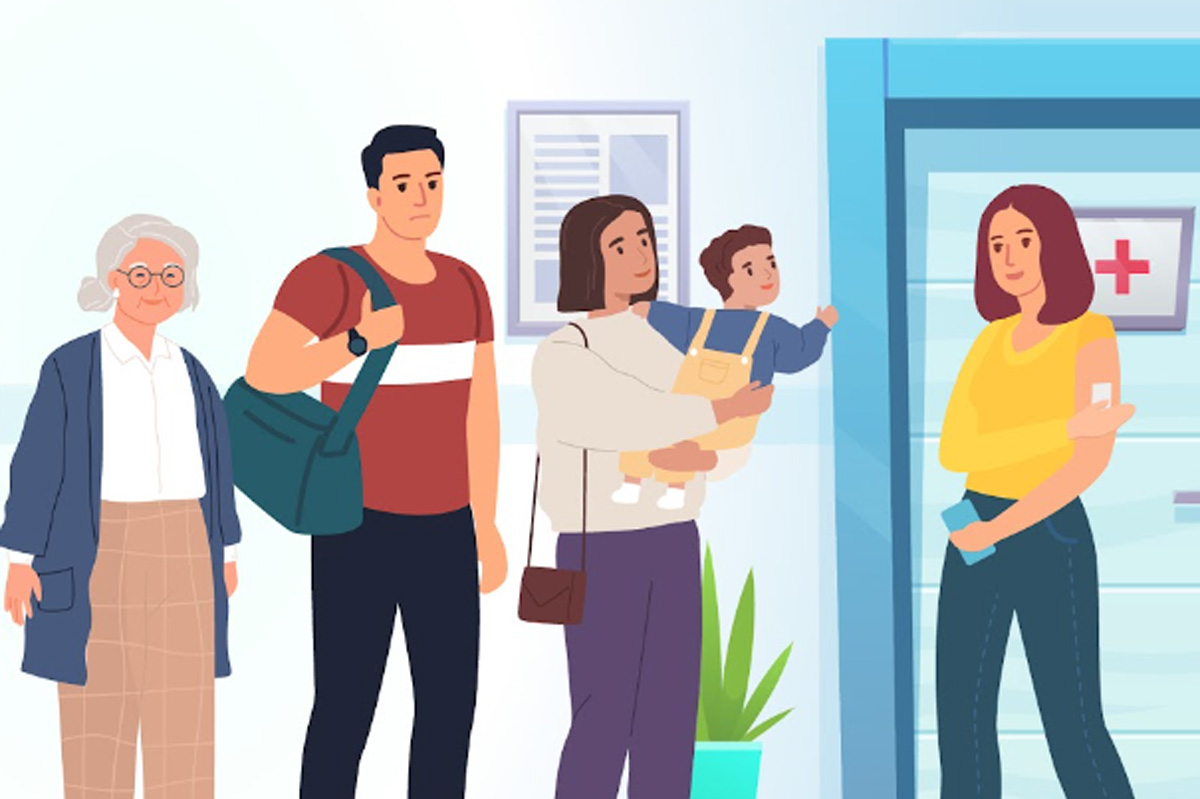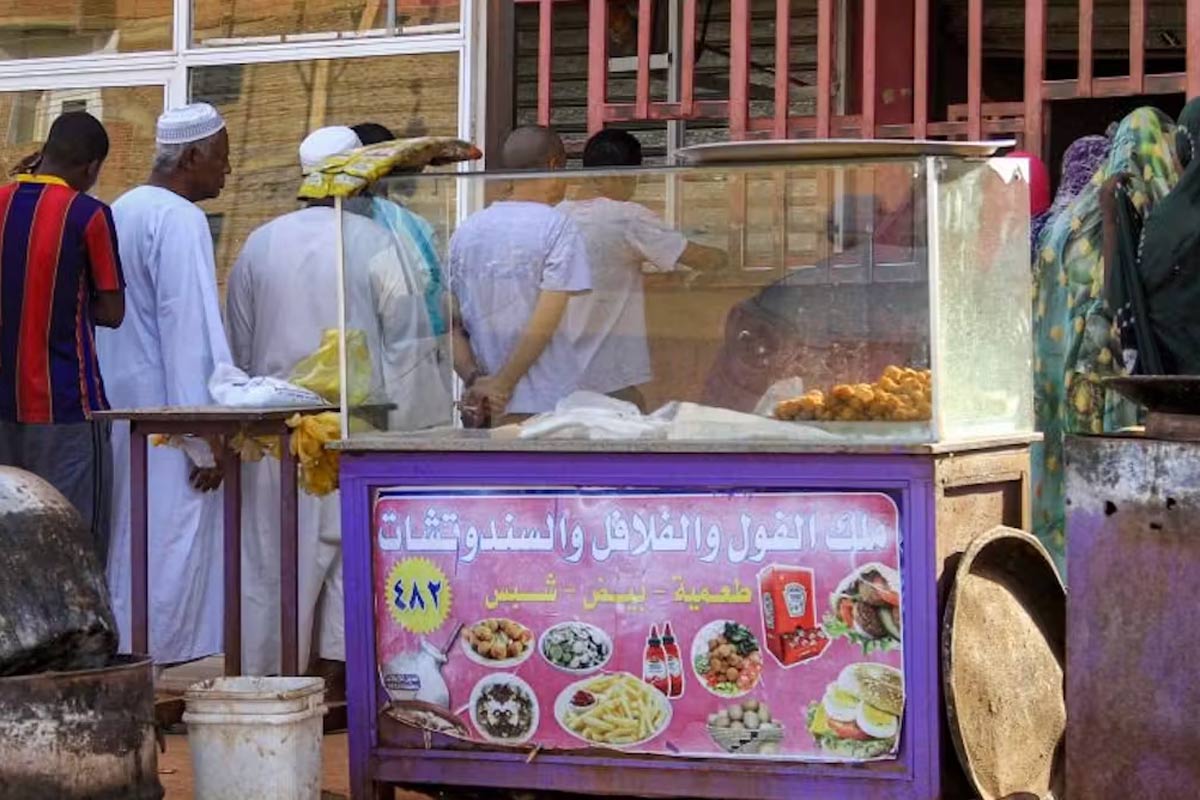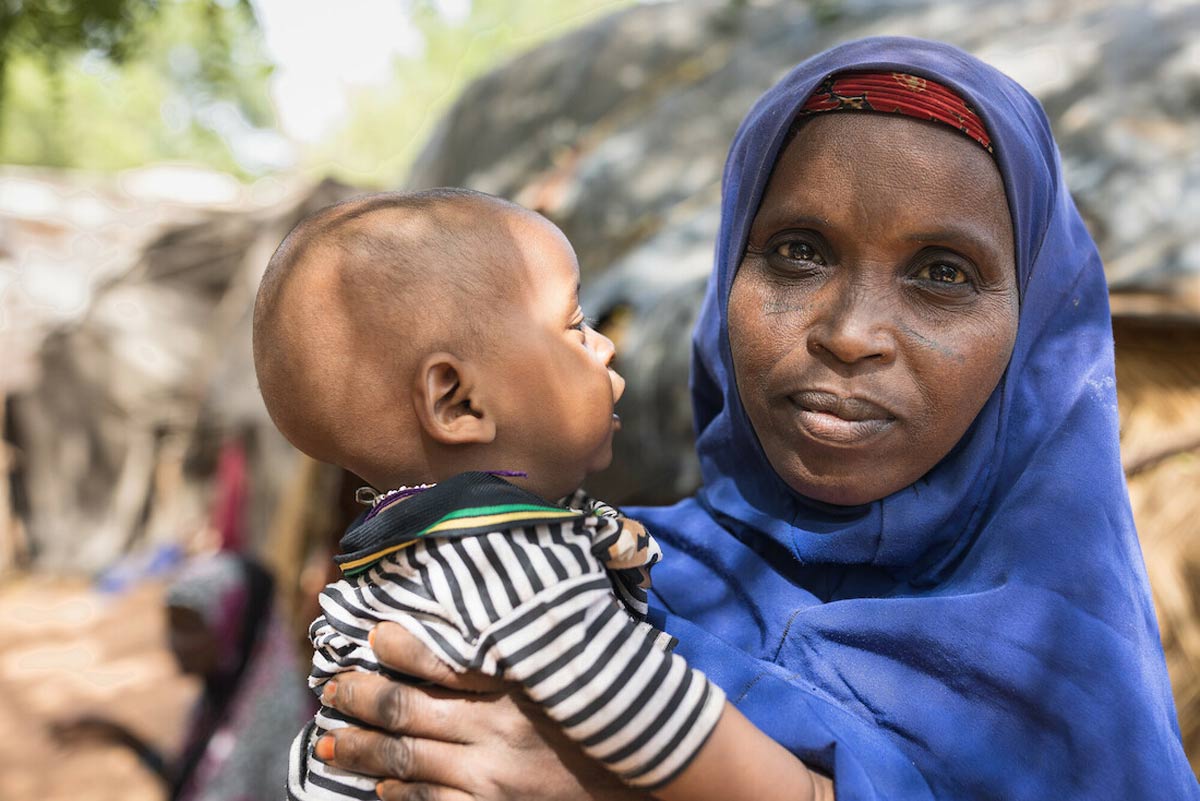When a severe cholera epidemic led to a series of deaths in his local district, Dr John Snow mapped clusters of the disease to help pinpoint the cause – a method which identified a contaminated water pump at the intersection of two busy streets.
If you think Dr Snow’s technique demonstrates the benefits of modern day data analysis to fight a cholera outbreak in one of world’s poorest countries, you would be mistaken. Dr Snow was working in Victorian London in 1854, but his hand-drawn map of the Broad Street area helped establish principles of public health and applied data still relevant today.

One hundred and sixty years later, the power of data is as strong as ever. Thanks to new practices, knowledge and technologies, data collection can now go beyond Dr Snow’s map, from tracking the impact of new vaccines across a country to producing complex graphs that aim to show overall immunisation coverage.
But such global applications of data do not tell the whole story. According to Better Immunisation Data initiative (BID for short), information also has a very important role in actually helping to prevent illness right where Dr Snow started his groundbreaking research – at the community level.
Liz Peloso, the Initiative’s global director, says: “Although most of the developing world has made tremendous progress in increasing immunisation coverage, our progress is stalling in large part because of challenges related to data quality and use.”
This may sound like a theoretical challenge, but clinics have the power to use information to make a difference every day. And some of them already do.
“While visiting a clinic in Indonesia that recently implemented electronic systems to capture their data, I saw the positive impact of good data use at the local level. They used data every day, looking for patterns and trends and identifying potential issues so they could act on them. They could see trends such as the number of children with diarrhoea, and the fact that they came from one or two villages.”
Using this data, the clinic is able to get ahead of disease, Peloso explained, sending health workers out to address concerns with hand washing lessons, rehydration treatments and interventions like vaccines before it has a chance to spread. This simple preventative use of data has some profound effects on the clinic and its surrounding populations:
“That facility outperformed every other facility in the area on just about every indicator they measured. Yet that shouldn’t have been the case. They were a more rural facility, with difficult to access populations, low staffing levels, and all sorts of challenges related to poor infrastructure and geography.
Having the data available to make good decisions allowed clinics to target their scarce resources where they would do the most good.”
The upshot is that when local practitioners are empowered to gather and use information preventatively, lives can be saved in real time. So as planning for the Sustainable Development Goals builds the case for a ‘data revolution’, it’s refreshing to see this considered local approach run in parallel.






